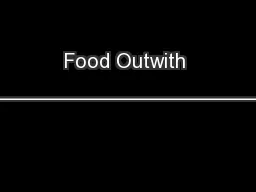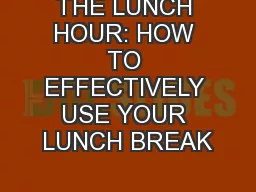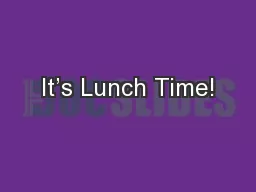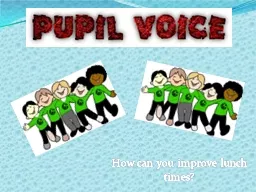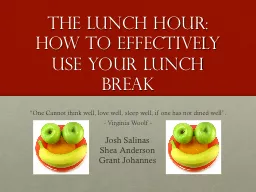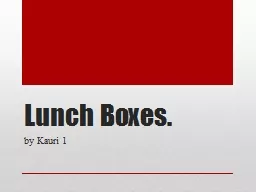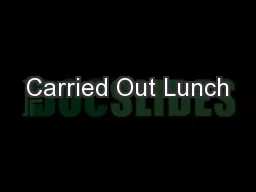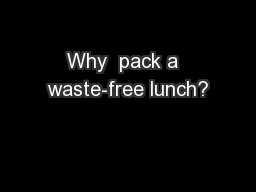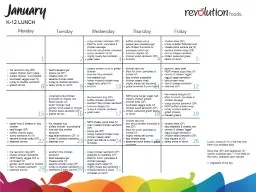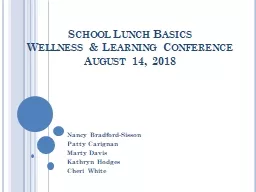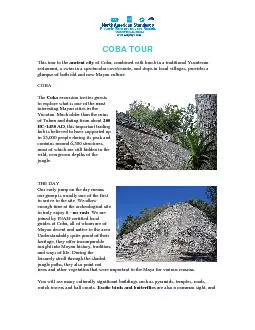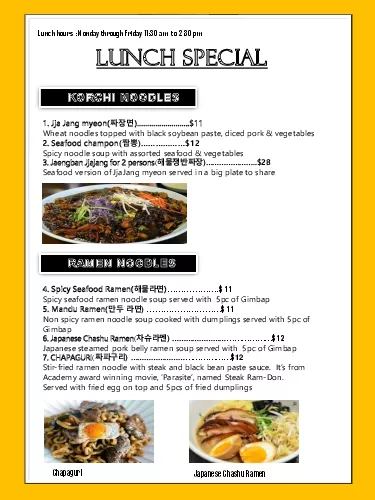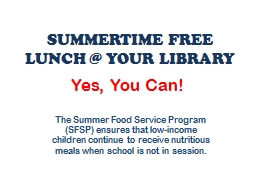PDF-Food Outwith School Lunch ____________________________________________
Author : faustina-dinatale | Published Date : 2015-09-17
Education Policies and Guidance Standards for School Food outwith the School Lunch Category Pupils Wellbeing Risk Management and Legal Implications Failure to manage
Presentation Embed Code
Download Presentation
Download Presentation The PPT/PDF document "Food Outwith School Lunch ______________..." is the property of its rightful owner. Permission is granted to download and print the materials on this website for personal, non-commercial use only, and to display it on your personal computer provided you do not modify the materials and that you retain all copyright notices contained in the materials. By downloading content from our website, you accept the terms of this agreement.
Food Outwith School Lunch ____________________________________________: Transcript
Download Rules Of Document
"Food Outwith School Lunch ____________________________________________"The content belongs to its owner. You may download and print it for personal use, without modification, and keep all copyright notices. By downloading, you agree to these terms.
Related Documents

